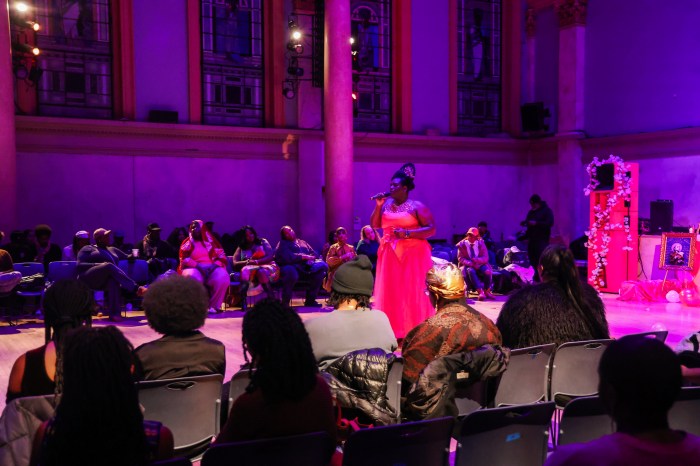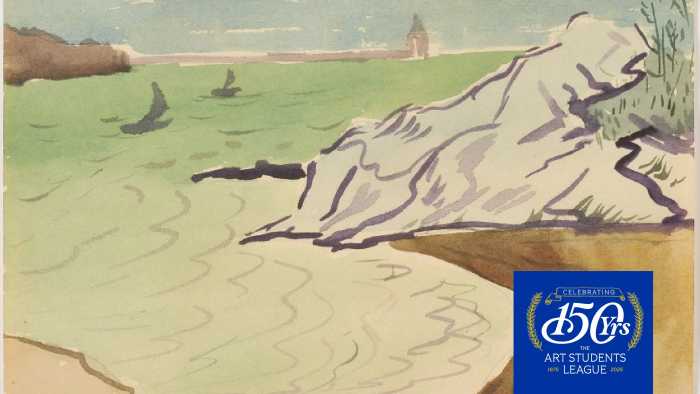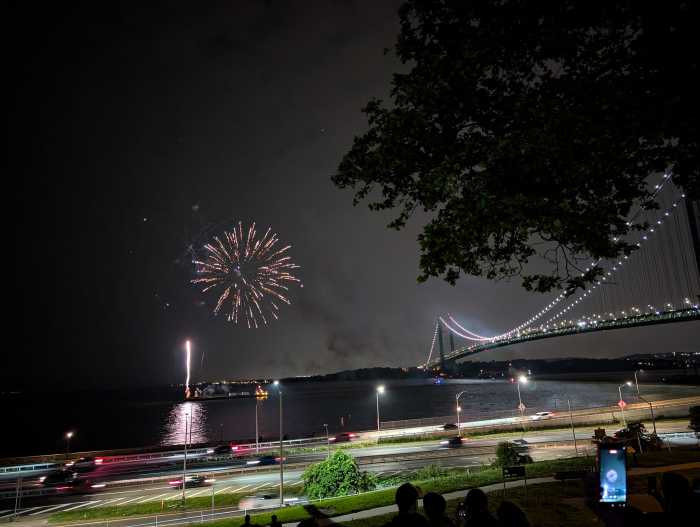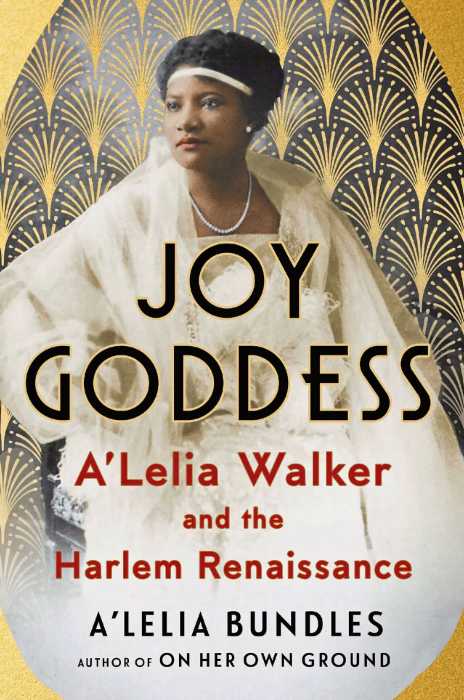Eugene Savage’s 1940 “Pomp and Circumstance.” | COLLECTION MATSON/ HONOLULUMUSEUM.ORG
I am in back in my homeland, Hawaii, for my annual sojourn and, as usual, reveling in the sun, sea, and succulents of all kinds to be found here. As a celebrity who shall remain nameless with whom I have a kind of “Same Time Next Year” relationship here said, “The ideal life would be six months here and six in New York City,” and I wholeheartedly agree.
The beautiful Honolulu Museum of Art is hosting a marvelous exhibit, “Art Deco Hawai’i,” which focuses on the years between the two World Wars, in which artists glorified this place in romantic imagery that never fails to still stir the imagination not to mention a covetous lust to own such pieces. I saw the show on September 29, during the museum’s monthly “Art After Dark” fête, a great big mash-up of local personalities –– sadly divided between the coolest cultured people on Oahu, many decked out appropriately in Deco finery, and noxious 20-something and old-enough-to-know-better wannabes who’d never set foot in a museum were it not serving up booze and dance music in its courtyard.
It was pretty fabulous people-watching –– a racial polyglot kind of beauty –– and the art was even better. I never watch the 1932 Kay Francis classic “One Way Passage” without dreaming of the fantastical, dreamlike Hawaii it presents so fulsomely, and the galleries were filled with contemporaneous, similarly themed objets.
Hawaii encore, Tennessee celebration, Oomph!
Some highlights included a masterful Malvina Hoffman 1928 bronze bust of legendary waterman Duke Kahanamoku, Esther Bruton’s gorgeous screen “The Three Graces,” Lloyd Sexton’s unbearably sexy 1937 portrait, “Nanea,” of a young man in a malo (loincloth), and Eugene Savage’s ebullient celebrations of ancient tropical life that graced the menus of the mighty cruise ships in their 1940s glory. The six canvases Savage did for the Matson line are here displayed together for the very first time.
And then there was my favorite piece, Isamu Noguchi’s 1940 wooden sculpture “Hawaiian Spear Fisherman.” One case was charmingly filled with vintage tourist souvenirs –– like those bobbing hula dancer figurines –– and others were awash with the advertising art from travel agencies and those aforementioned cruise ships that made people the world over yearn to experience the 50th state and create their own indelibly sweet memories. (Through January 11, honolulumuseum.org)
David Noh with students from the Ohana Arts program.
Culture of all kinds is ever more alive here, I am happy to say, a far cry from the dearth I knew when growing up. I had the delightful experience of giving a talk at the idyllic Hongwanji (Buddhist) Mission School about a life in the theater to students enrolled in the after-school Ohana Arts program, founded in 2010 by lesbian couple Laurie Rubin and Jennifer Taira. It was heartwarming to see these diverse kids, ranging in age from six to 13, so completely engaged with one another. The project they were rehearsing is a musical written by Rubin, “Peace on Your Wings,” inspired by the life of Sadako Sasaki, a 12-year-old girl who died of leukemia as a result of Hiroshima and became an emblem of that tragedy. The children sang excerpts from the show for me and I was struck by their talent and deep commitment, not to mention their enthusiasm for “Cabaret,” “Chicago,” and Liza Minnelli. Incidentally, Rubin is herself a blind opera singer who performed in New York for several years and wrote a book about her experiences, “Do You Dream in Color?”
W.W. NORTON & COMPANY
In conjunction with John Lahr’s new and quite wonderful biography, “Tennessee Williams: Mad Pilgrimage of the Flesh,” Film Forum has organized a retrospective of Williams-based films, from September 26 through October 6. Despite its short run, the series is amazingly comprehensive, reason enough to hie yourself down to Houston Street and immerse yourself in this writer’s poetry, volcanic drama, luxuriant decadence, and ever-queer sensibility on the big screen. “A Streetcar Named Desire” is, naturally, on view (September 26-27), containing as it does, Vivien Leigh giving perhaps the greatest performance, period, in film, with Marlon Brando not far behind. Leigh also appears in the less-shown “The Roman Spring of Mrs. Stone” (October 2) and is heart-breaking as an actress who falls under the thrall of a heartless, beautiful Italian hustler (Warren Beatty, perfectly cast). Leigh’s resolute, almost eerie refusal to indulge in self-pity of any kind makes her Karen Stone one particularly indelible, unique heroine.
Brando gives one his best, least-known performances in “The Fugitive Kind” (September 27), as a Southern Orpheus fallen to earth who tragically collides with the magnificent Anna Magnani playing an unhappily married storekeeper. Their off-screen animosity magically translated onscreen into one of the most intensely passionate histrionic duels between powerhouses ever lensed. Joanne Woodward is also deeply affecting and lyrical, as a “lewd vagrant” dressed in a raggedy Fortuny gown.
Indeed Williams’ material could often bring out the unexpected best in actors, as witness Katharine Hepburn’s mesmerizingly poisonous Violet Venable in “Suddenly Last Summer” (October 4-5), perhaps his gayest play. This was the one real villainess Hepburn ever essayed, and the boldness with which she throws herself into this domineering, ultimate fag hag of a mother is truly admirable and hints at possibilities she never again broached. Although Elizabeth Taylor was Oscar-nominated and acclaimed for this film, as well, I find her thin voice and characterization rather irritating (“They had EA-TEN Sebastian!”), and far prefer her in “Cat on a Hot Tin Roof” (also October 4-5), one of her best adult performances. Here, her beauty, sensuality, and rarely seen comic talent all came together marvelously, making her a pretty definitive Maggie the Cat, if a bit surface-y.
The one screening I am not missing for the world is “Boom!” (October 3), the Jospeh Losey adaptation of “The Milk Train Doesn’t Stop Here Anymore.” As the world’s richest woman, Flora Gofoth (no one came up with better names than Tennessee!), a role originated by no less than Tallulah Bankhead, Taylor, bedizened in hairdos of death by Alexandre of Paris, truly helps make this the camp classic that it is. (Her line “Everything is urgentissimo this summer” used to play on my answering machine.) Noel Coward playing the Witch of Capri merely adds to the hothouse fun.
Luchino Visconti’s “Senso” (October 5), for which Williams wrote the screenplay, will positively ravish you with its operatic splendor and visual richness, while Geraldine Page’s immense Alexandra Del Lago in “Sweet Bird of Youth” (October 6) will have you irresistibly spouting her fabulous lines (“When monster meets monster one has to give way, and it will never be me!”; “Beauty! Say it! Say it! What you had was beauty! I had it! I say it with pride!”) (209 W. Houston St.; filmforum.org)
Lahr appears in conversation about Williams and his biography of him with Tony Kushner at the 92nd Street Y on Lexington Avenue on September 29 at 8 p.m. ($43 at 92y.org).
Ann Sheridan and Errol Flynn in Lewis Milestone's 1943 “Edge of Darkness.” | MUSEUM OF MODERN ART
Beginning October 1, the Museum of Modern Art is presenting “Acteurism: The Emergence of Ann Sheridan, 1937–1943,” curated by film critic Dave Kehr. In a recent conversation I had with perceptive performer Nellie McKay, she told me she had just watched “I Married a Male War Bride” and wondered why someone like Sheridan wasn’t as big a star and as glowingly remembered as some of her contemporaries. Perhaps this retrospective will attune more people to the effulgent charm, beauty, and sharp acting skills of this one-time Warner Bros. contract player.
Sheridan (1915-1967) was born Clara Lou Sheridan in Denton, Texas. She left the University of North Texas at 19 when a photograph of her submitted to Paramount Studios by her sister resulted in a contract as well as casting in “Search for Beauty.” The studio did little to promote her, so she left and signed with Warners in 1936, changing her name to Ann Sheridan.
Her sultry face and body made her a cheesecake pin-up favorite and earned her the sobriquet of “Oomph Girl,” with men drawn to her on the screen. At her peak, she received 250 marriage proposals in one week, while appearing opposite such stars as James Cagney, Humphrey Bogart, Errol Flynn, and George Raft in recognized classics like “Angels with Dirty Faces” (October 22-24), “Dodge City,” and “They Drive By Night.”
Although McKay likes “Male War Bride,” I am not such a fan, finding it far too forced and definitely one of director Howard Hawks’ lesser efforts. My favorite Sheridan performance is in the delightful “Torrid Zone” (October 1-3), in which, given the benefit of a sharp, zinger-filled script by Richard Macaulay and Jerry Wald and tangy direction by William Keighley, she hilariously traded barbed wisecracks with her leading man, Cagney at his feistiest and most attractive, and her romantic rival for him, the ever toxically slinky Helen Vinson. Sheridan’s comic skills were never better displayed and the film has a choice ending line when Cagney nuzzles her, saying, “You and your 24 carat oomph!”
Sheridan was terrific in “They Drive By Night” (October 29-31), a lovely, welcoming foil to Ida Lupino’s psychotically hard-core villainess, and also shone comedically in “The Man Who Came to Dinner,” a film otherwise nigh-unwatchable because of Monty Woolley’s tiresomely hammy camping in the title role. Despite the presence of the queen of the Warners lot, Bette Davis, Sheridan steals the film outright, as the brazenly temperamental star Lorraine Sheldon, bullying her maid and everyone else around her with a deliciously flamboyant egomania. Sheridan’s greatest dramatic performance was in a true classic, Sam Wood’s 1941 “King’s Row,” that dark study of small town medical malpractice, which finds its respite in her radiantly healthy womanliness as she deals with husband Ronald Reagan’s leg amputation (for what it’s worth, his best performance, as well).
They say that, in Hollywood, a woman is pretty much washed up by age 35 and, sadly, in Sheridan’s case, this was true, for, by the 1950s, despite her successes and audience popularity, good opportunities dried up for her and she had trouble finding work. Her appearance at age 41 in “The Opposite Sex” is almost shocking. Just a few years before, she could easily have been cast in either of the leads, the true blue suffering wife heroine played by June Allyson or the husband-stealing minx played by Joan Collins, but, instead, a startlingly unvoluptuous and lean Sheridan appears as the sexless, spinster writer friend of Allyson’s, who describes herself as a “frozen asset.”
She was married three times, always to actors, including Warners’ all-purpose and ever-dull leading man George Brent. Sheridan was on a career comeback with the TV series “Pistols and Petticoats” when she sadly died in 1967 of esophageal and liver cancer at age 51. I heartily applaud MoMA’s celebration of this wonderful star; everyone should spend the autumn getting to know and love her. Forget about that Civil War general whose statue graces Christopher Street, for me it will always be known as Ann Sheridan Square. (11 W. 53rd St., moma.org)




































